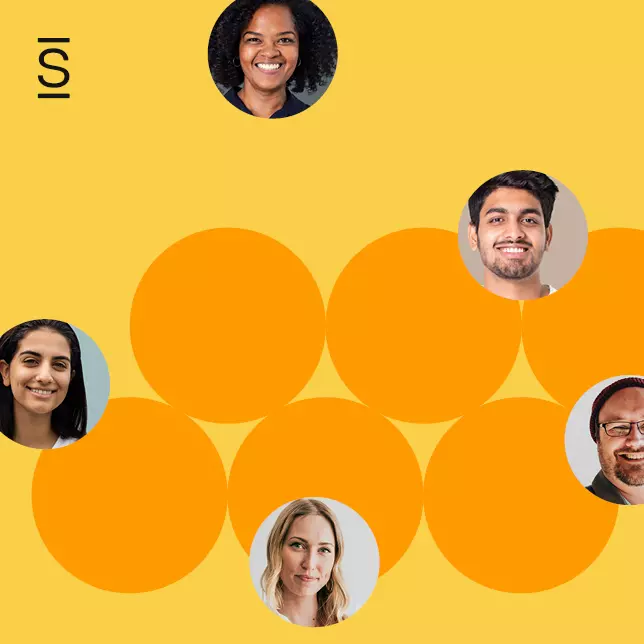Editor’s note: Digital transformations can frustrate employees if leaders don’t communicate opportunities to learn new skills. Successful change initiatives depend on structured communications for long-term sustainability.

As organizations emerge from the aftermath of the pandemic — albeit into an environment that, thanks to supply chain problems and rampant inflation, war in recession and workforces reluctant to return to the old ways of doing things — they will in many cases be congratulating themselves that they have used the need for remote working to accelerate their digitization programs. But, while that may have streamlined some of their processes and reduced costs, it does not necessarily mean that they have truly transformed themselves. As Jeanne Ross, a principal research scientist at MIT’s Center for Information Systems Research and co-author of the recent book Designed for Digital: How To Architect Your Business for Sustained Success, points out, there is a distinction between digitized and digital. The former, she says, is about operational excellence. “This is about end-to-end delivery, doing things for your customers in ways that simply work, regardless of channel. So they can call you on the phone. They can chat with you on the internet. They can do things for themselves through an app,” she told a digital transformationwebinar back in April 2020, as the pandemic was just taking hold. Becoming digital requires being digitized but means much more. It is “about rapid business innovation. It involves delivering brand new customer value propositions,” she said, adding it was what was making companies like Uber more than just cab businesses.
That is one thing if you are starting from scratch like Uber. It is quite another if you are a more established company that has been updating its operations using technology on a piece-by-piece basis over many years if not decades. The result can be that there are different departments using different systems because they fulfill particular needs. This creates complications and difficulty in communicating across functions — and that is before mergers and acquisitions with their associated legacy systems that do not talk to each other.
According to Erik Bakstad, co-founder of Ardoq, a company that is among those producing a a new generation of enterprise architecture tools to meet the demands of the digital world, the result is that there is so much complexity it gets in the way of the swift decision making that becoming digital is supposed to enable. A 2020 study by McKinsey found that 70% of executives’ time was spent on making decisions under time pressure with too little or the wrong kind of data. In an effort to ease this problem, the company earlier this month launched Ardoq Discover, a tool designed to make it easier for everybody across organisations to make decisions through giving them the access to data and insights that they need.
The development and the thinking behind it described in a recent white paper from the company, Enabling Democratized Decision-making in the Digital Organization, are a response to the fact that — as recognized by the research company Gartner — IT departments are ceasing to be the gatekeepers of technology within organizations. Gartner is seeing a rapid rise in “business technologists” who sit outside traditional IT departments and assist business units with making the most of what technology can now offer. But it is likely that the process will not stop there. As Bakstad said in a recent interview, executives need to know how to prioritize projects and help with making decisions so that they can improve performance. “You really need a holistic approach,” he said.
Ross believes that technology has moved from being an enabler to a source of inspiration for business strategy, and suggests that leaders be inspired by three capabilities that apply to all digital technologies. The first is that data is ubiquitous. They key is to find it and to use it. The second is unlimited connectivity, which is making it possible to learn things immediately and then do something about them immediately. Finally, there is massive processing power, so that there is no limit to how much data can be processed. “So what you can imagine, you can do. That is the challenge of digital,” she told the webinar.
Time for leaders to be bold and shake up those organizational charts.
This article was written by Roger Trapp from Forbes and was legally licensed through the Industry Dive Content Marketplace. Please direct all licensing questions to legal@industrydive.com.
GET SIMPPLR


















